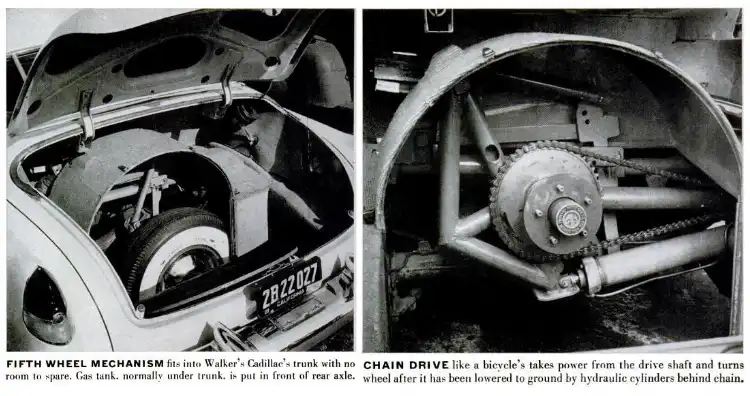Why Did the Fifth-Wheel Parking Fail Despite Being Ahead of Its Time?
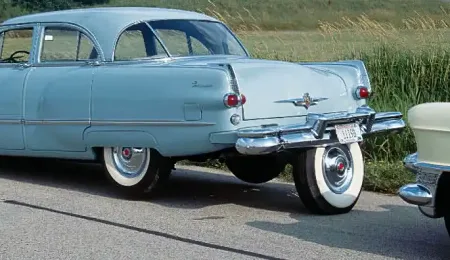
Black-and-white footage is going around the Internet that demonstrates a car perfectly gliding out of a tight parking spot with the help of a fifth wheel. While viewers are surprised by the device’s ingenuity and its existence in such dated times, they are also left with raging questions. Why did the fifth wheel fail to reach their trunks and ease their anxiety when parallel parking? Why did the automobile industry not jump on the idea and mass-produce it? Did they not believe in its brilliance?
Well, at least Brooks Walker did. He was the inventor of fifth-wheel parking. Based in San Francisco, the lumberman patented 250 devices during his lifetime.
Table of Contents
Brooks Walker mounted a fifth wheel on his Packard Cavalier to swivel in and out of a parking spot.
The earliest prototype of the fifth-wheel drive mechanism dates back to 1933. Walker installed a fifth wheel perpendicular to the other four wheels inside the trunk of his Packard Cavalier.
When faced with the challenge of parallel parking in tight spaces, Walker’s invention came into play. The car would first position its front wheel into the parking spot, aligning the front wheels behind the vehicle parked in front. Then, to maneuver the rear wheels in place, the fifth wheel would be lowered to the ground, lifting the rear wheels off the ground. With the rear of the car now able to swivel on the fifth wheel, it could easily glide into the parking space.
A 1952 issue of Life Magazine featured the invention, claiming the fifth wheel takes only nine seconds to parallel park. Explaining the mechanism, the magazine published that a hydraulic pump lowers the fifth wheel to the ground, and a chain drive powered by the drive shaft helps swivel it around.
The Detroit Automobile Company turned down Walker’s proposal for the fifth-wheel drive.
Walker filed for a patent for his device in 1932. It was granted six years later in 1938, describing it as a “vehicle lifting and traversing device.â€
The modified Cavalier made appearances in numerous auto shows. While the demonstration of the fifth-wheel parking was a crowd puller at these shows, auto markers were not keen on buying the idea. When Walker presented his patented device to Detroit, they turned him away.
No one knows why the company rejected the proposal, but the fifth-wheel parking faced two challenges: steep modification cost and occupation of too much trunk space.
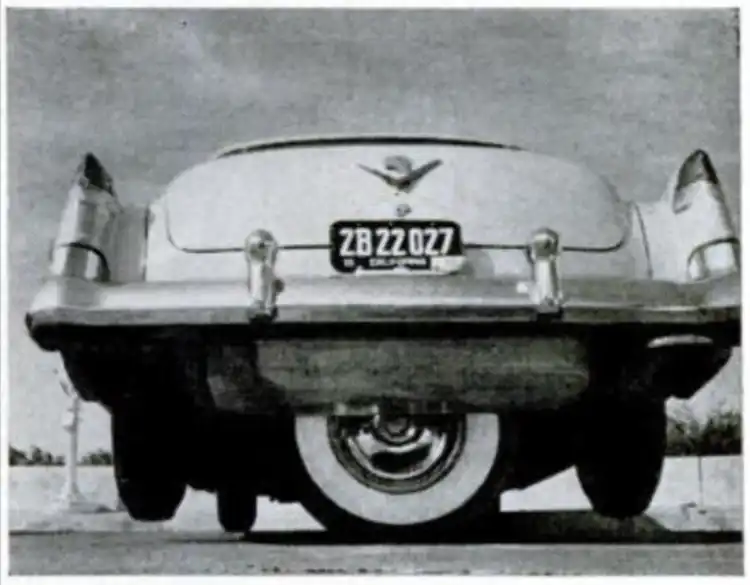
The fifth wheel would have inflated the cost of a car by $175, which is $2,050 today. Such a high overhead will impact a company’s sales and profitability.
Additionally, the machinery was bulky. It took up all the trunk space in the Cadillac, so much so that Walker had to move the gas tank in front of the rear axle.
The inventor continued to modify and upgrade his design until he passed away in 1984.
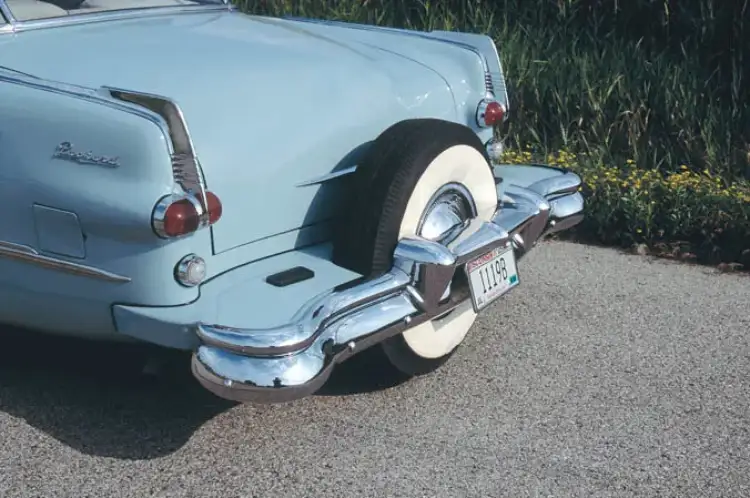
After being turned away by Detroit, Walker upgraded his machine and demonstrated a less invasive prototype. The fifth wheel was now mounted upright outside the trunk of a 1953 Cavalier, solving the issue of occupying too much trunk space. However, Detroit was not thrilled with the update and rejected the proposal again.
Despite automakers’ lack of enthusiasm, Brooks was reluctant to give up on his invention. He had a clear vision of his goal: a fifth-wheel parking kit that could be bolted on any car without modifying its basic structure.
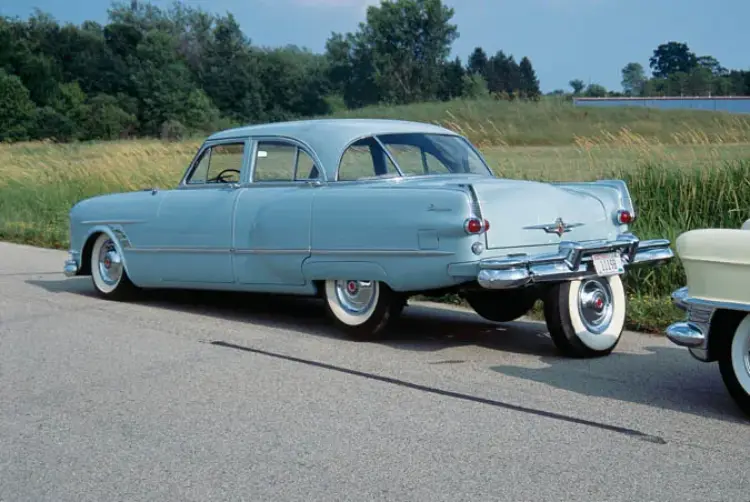
He continued to work towards his goal and perfect his invention for 20 years until he passed away in 1984.
Although Walker’s fifth wheel never made it big, it indeed foreshadowed the modern-day park assist, which has made parallel parking a breeze.














